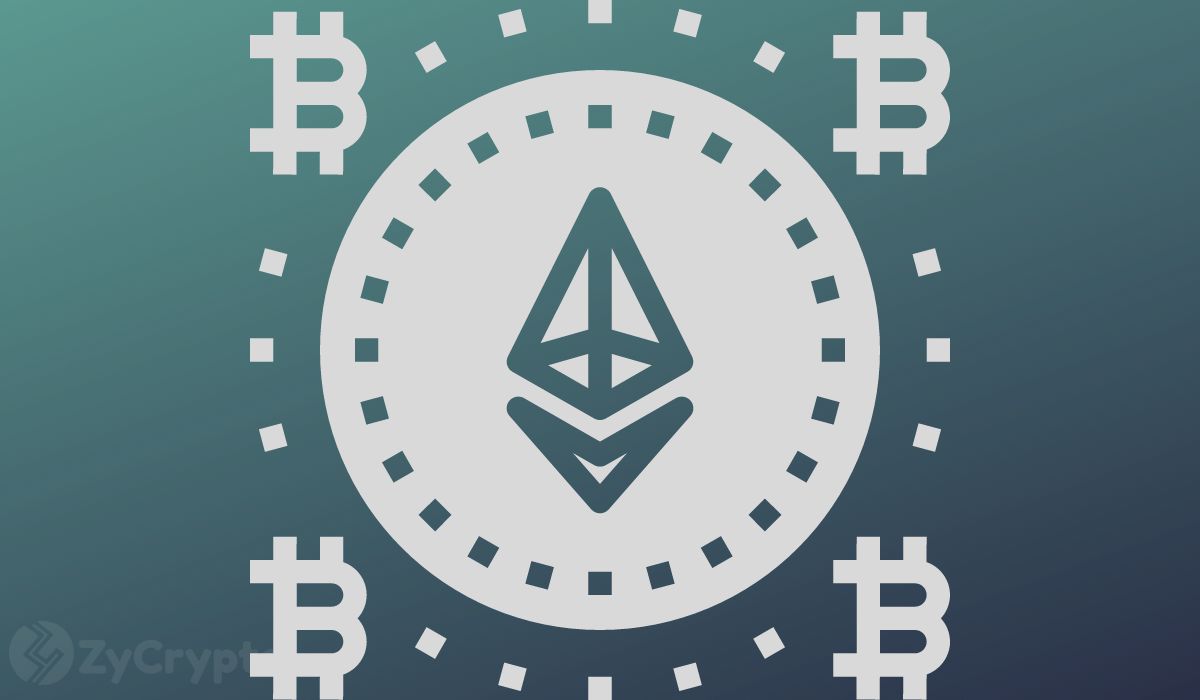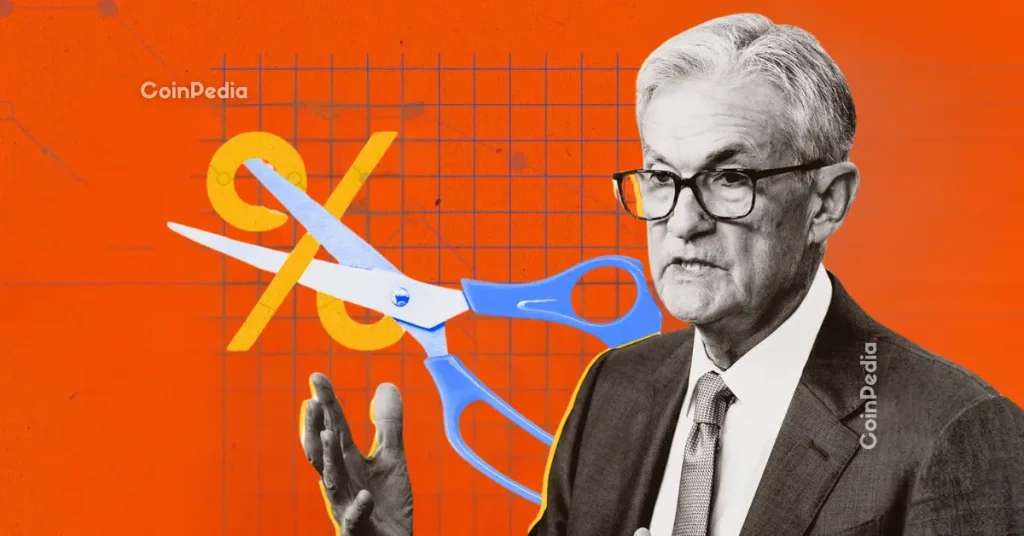Blockchain infrastructure is evolving faster than ever, and 2025 is shaping up to be a pivotal year for the entire ecosystem. As global adoption increases and developers demand better performance, new architectures and scaling technologies are emerging to support real-world usage. The early years of blockchain were dominated by speculation, but today, infrastructure is shifting toward utility, efficiency, and interoperability. These changes are redefining how blockchains communicate, scale, and secure data.
Investors, developers, and enterprises now require systems that can handle large workloads without sacrificing cost, speed, or security. This shift has created a wave of innovation across modular networks, zero-knowledge systems, cross-chain communication, decentralized data availability, and execution layers. Understanding these trends helps traders see which projects hold long-term value and why infrastructure remains the strongest sector of Web3 in 2025.
The Rise of Modular Blockchain Architecture
Modular chains have become one of the strongest trends in blockchain engineering. Unlike traditional monolithic chains that process execution, settlement, consensus, and data availability in one place, modular chains separate these layers. This separation improves performance and reduces network stress.
Execution layers now operate as lightweight environments that efficiently run transactions. Settlement layers verify outcomes securely. Data availability layers like Celestia or EigenDA store information cheaply while enabling massive throughput. This architecture reduces the cost of running smart contracts and allows developers to scale applications without rewriting the entire stack.
In 2025, modularity is driving adoption across DeFi, gaming, and enterprise-grade systems. Developers can now choose the execution environment that fits their performance needs while relying on secure, decentralized layers for validation.
Zero Knowledge Tech Moves Into the Mainstream
Zero knowledge proofs have advanced quickly from academic research to real-world infrastructure. ZK ($0.04) systems allow data to be verified without revealing sensitive information. This makes them essential for privacy-preserving applications, identity systems, and high-speed rollups.
ZK rollups on Ethereum and other chains provide fast, low-cost transactions while maintaining security. Developers also use ZK proofs for cross-chain verification, fraud-resistant systems, and scalable authentication. As tooling improves, ZK infrastructure has become easier to deploy, increasing adoption across the entire ecosystem.
In 2025, ZK technology is powering faster bridges, more secure L2 networks, and decentralized identity frameworks. This trend will continue as more chains integrate ZK-friendly virtual machines and proof-generation hardware accelerates.
Cross-Chain Infrastructure Becomes the Default
Interoperability has become a priority as users and developers operate across multiple ecosystems. Cross-chain messaging frameworks allow assets and data to move safely between chains without relying on centralized bridges.
New protocols use secure messaging instead of wrapped assets, reducing the risk of bridge exploits. Chains like Cosmos, Polkadot, Chainlink CCIP, LayerZero, and other interoperability networks are shaping a future where applications communicate seamlessly regardless of origin chain.
In 2025, developers increasingly build “chain-agnostic” applications that live across multiple networks. This shift reduces dependency on any single chain and accelerates user growth across ecosystems.
Data Availability Solutions Expand the Scaling Frontier
Data availability is a core bottleneck for blockchain scalability. As more applications generate large volumes of data, networks must store and distribute information efficiently.
Dedicated data availability layers like Celestia, EigenLayer, Avail, NEAR ($1.95) DA, and Bitcoin-based DA systems have emerged to handle this load. These layers compress and distribute data across nodes, allowing L2 networks to scale faster without increasing hardware requirements.
In 2025, DA services are becoming essential infrastructure for rollups, modular chains, and hybrid systems that blend execution environments. Better DA also lowers the cost of transaction storage, increasing accessibility for builders.
Rollups Evolve Into Multi-Chain Execution Layers
Rollups started as scaling solutions for Ethereum, but by 2025, they have evolved into multi-chain execution engines. Rather than functioning as extensions of a single chain, some rollups can settle to multiple settlement layers or operate independently.
This trend gives developers flexibility to choose where their applications settle while maintaining low fees. Rollups also support specialized environments, such as gaming-focused execution chains, high-speed trading networks, or privacy-enabled rollups.
The rollup ecosystem in 2025 is diverse, competitive, and rapidly expanding, attracting both developers and enterprise users.
Decentralized Compute and Storage Gain Momentum
The growth of AI and large-scale data processing has increased demand for decentralized compute and storage networks. These systems reduce reliance on centralized cloud providers while powering the next generation of decentralized applications.
Networks like Filecoin, Arweave, Sia, Akash, and decentralized GPU markets are building infrastructure for Web3 AI, content hosting, and large dataset processing. As AI workflows become more integrated with blockchain, decentralized compute will become a core part of infrastructure.
Security Layers Strengthen the Ecosystem
Security remains one of the greatest needs in blockchain. New solutions focus on re-staking, decentralized validation, predictive threat models, and automated monitoring.
Protocols like EigenLayer introduce shared security frameworks that allow smaller networks to borrow validator sets from larger chains. Other protocols use AI-driven auditing and real-time exploit detection to reduce vulnerabilities.
In 2025, security infrastructure is becoming more sophisticated, reducing the number of high-profile exploits and improving trust in Web3 systems.
Read more: Top Web3 Projects Powering Real-World Use Case Growth in 2025
Blockchain infrastructure in 2025 is defined by modularity, interoperability, security, and scalability. As demand for real-world utility increases, these systems are becoming the backbone of the Web3 economy. Developers now build on networks that are faster, more efficient, and more secure than ever before. For users and investors, these trends reveal where long-term value is forming: in the foundational layers that power the entire ecosystem.
Whether you are tracking L2 rollups, data availability systems, or cross-chain frameworks, infrastructure remains the most critical sector shaping the future of decentralized technology.
FAQs
1. What is driving blockchain infrastructure growth in 2025?
Stronger demand for scalability, interoperability, and real-world use cases is pushing rapid innovation across chains.
2. Why is modular architecture important?
It separates core functions into layers, improving speed, lowering fees, and enabling more flexible development.
3. How are zero knowledge systems used in infrastructure?
They provide power rollups, secure messaging, identity systems, and privacy-preserving applications.
4. What makes cross-chain messaging important?
It allows assets and data to move securely between chains without centralized bridges.
5. Which infrastructure sectors offer the most growth potential?
Data availability, ZK systems, modular rollups, cross-chain networks, and decentralized compute are leading the way.
The post Blockchain Infrastructure Trends shaping 2025 appeared first on FXcrypto News.





















 24h Most Popular
24h Most Popular





 Utilities
Utilities